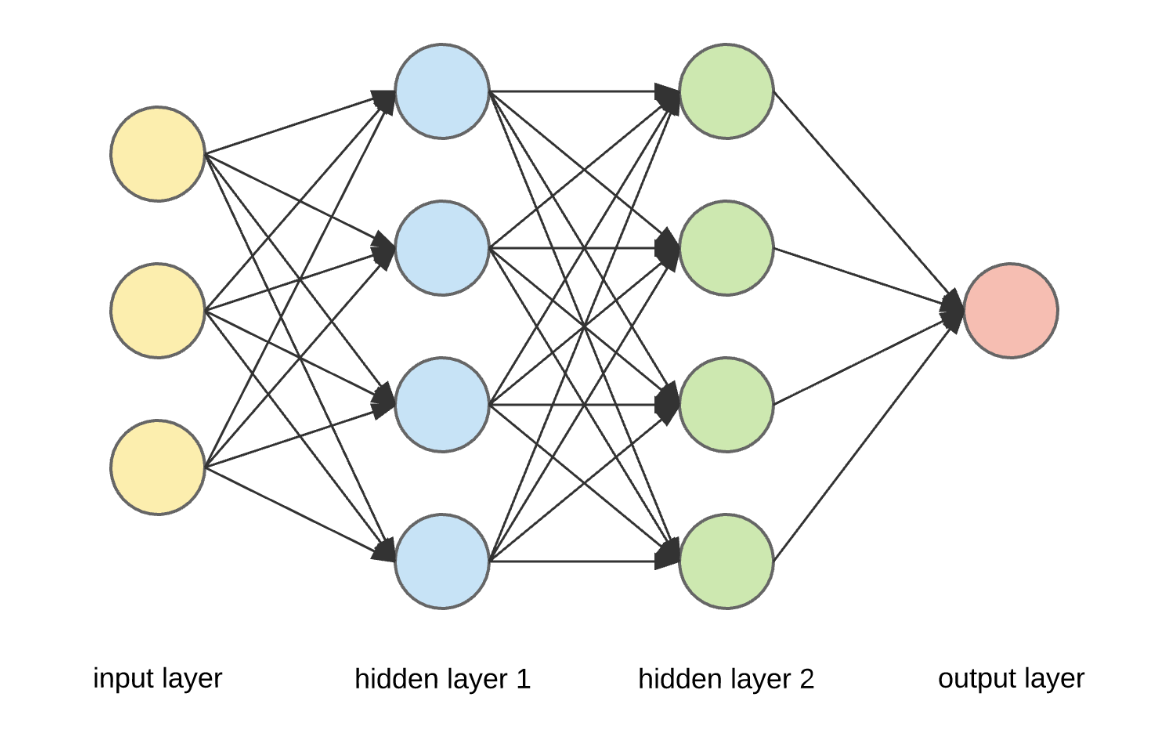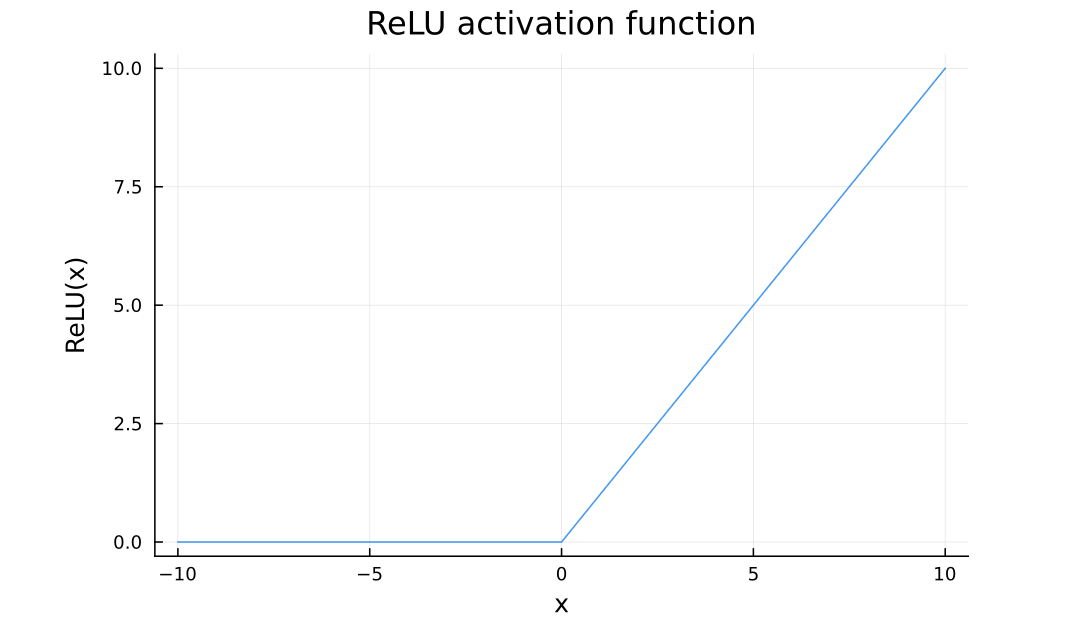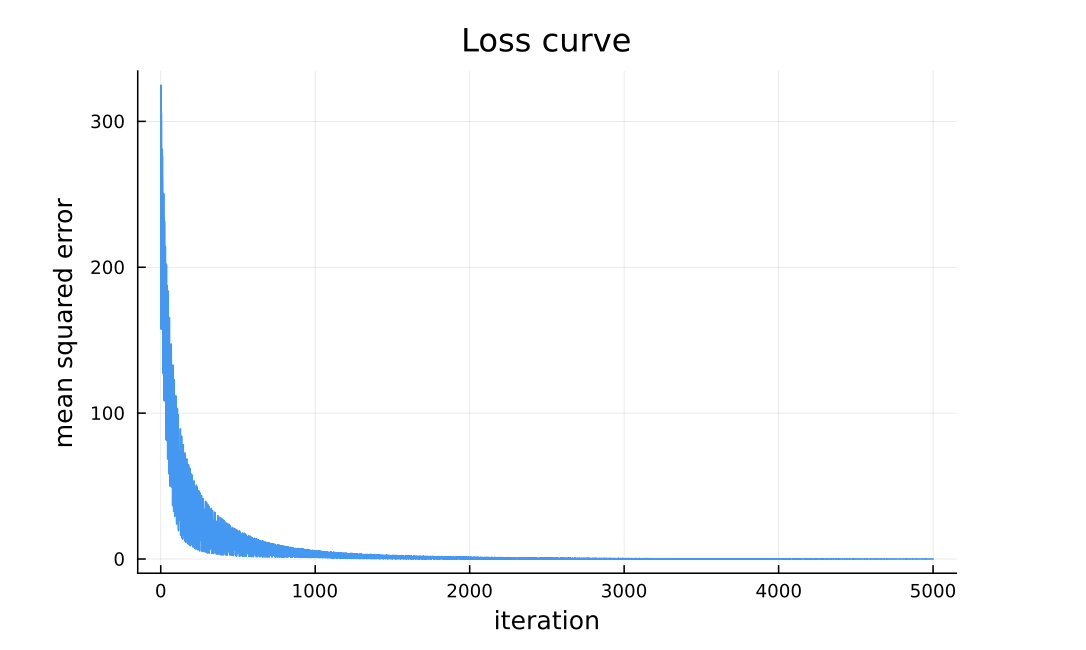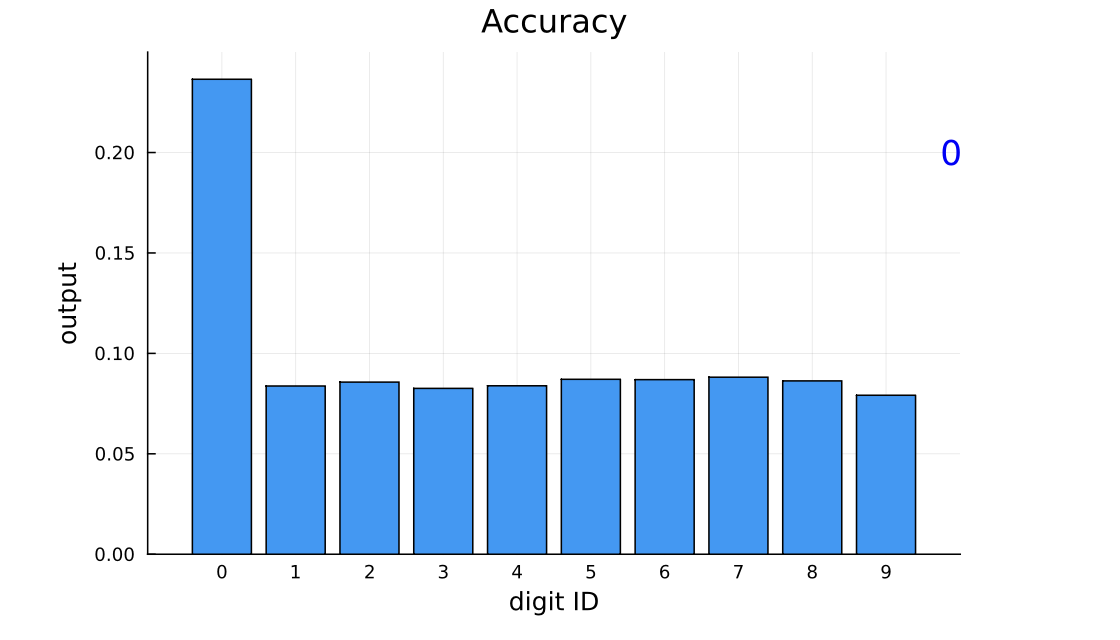Seven Segment Neural Network
A neural network trained to recognise seven segment 'digital clock' digits.

Network Architecture
The model is a simple neural network that maps binary input (if the LED is on or off) patterns from seven-segment displays to digits. Data passes sequentially through two hidden layers before producing an output.

Activation Function
The hidden layers use the ReLU (Rectified Linear Unit) activation function.
ReLU introduces non-linearity into the network, which lets it learn more complex patterns.
In this case, it helps the network capture subtle relationships between which segments are on or off
and the digit they represent.

Training the Network
The network was trained on all 10 digits, encoded as binary patterns for each seven-segment input.
Supervised learning was used, with the model optimising a loss function to reduce prediction errors.
The loss curve shows this process, highlighting how the error decreases over epochs (how many times the model was run) and how the network gradually becomes more accurate.

Model Performance
After training, the network achieves high accuracy in recognising digits from the input patterns. This can be visualised through the accuracy graph, highlighting how well the network accurately guesses each digit.
Learnings and Insights
Encoding input effectively (binary representation of segments).
Understanding hidden layer transformations and non-linear activations.
Monitoring training progress using loss and accuracy curves.
This NN shows a small example of supervised learning, pattern recognition and the potential it has.